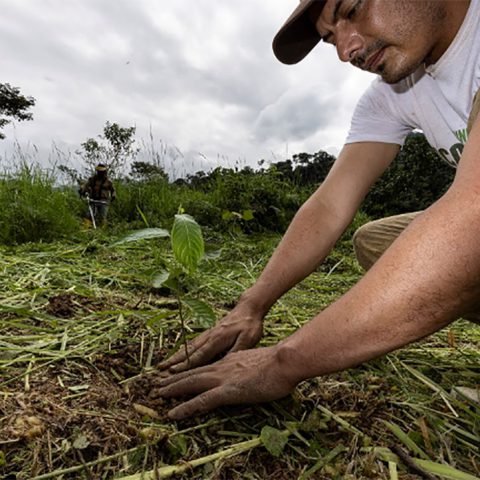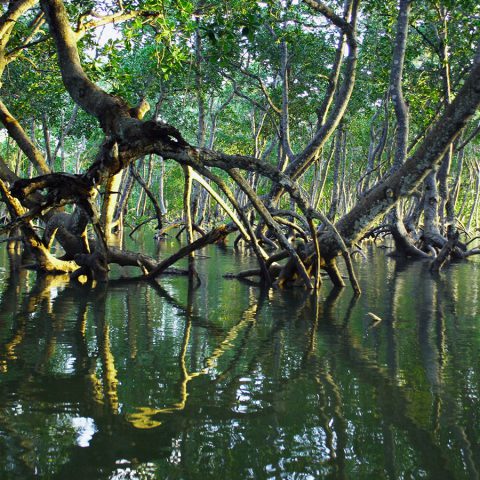This is a big advantage to the buyers because it removes the possibility of media exposure of companies exploiting carbon from developing countries and it also helps assure communities that they are not selling out too early and would be better waiting until prices rise.
Ensuring the amount of funding that reaches local communities is in some ways the easy part. The rePLANET projects all have intensive monitoring systems to track how the funding is spent in each community and how many people benefit. Contracts are offered to communities for a 3-year period where they identify what projects will be funded. Emphasis is put in development of small businesses, but funding cam also help with education and health issues. The funding is provided directly to the communities through our on-ground partners and not through government institutions. There is then independent auditing of how the funds are being spent and the numbers of people in each community benefiting.
The rePLANET projects are helping some of the poorest communities in the world. For example, the Gulf of Fonseca project is helping communities with some of the highest levels of poverty and unemployment in Honduras. The Mexican projects are helping coastal fishing cooperatives whose members have suffered a catastrophic loss of income as the fishery has collapsed. In Indonesia the funding is helping coastal communities with very high levels of poverty.




